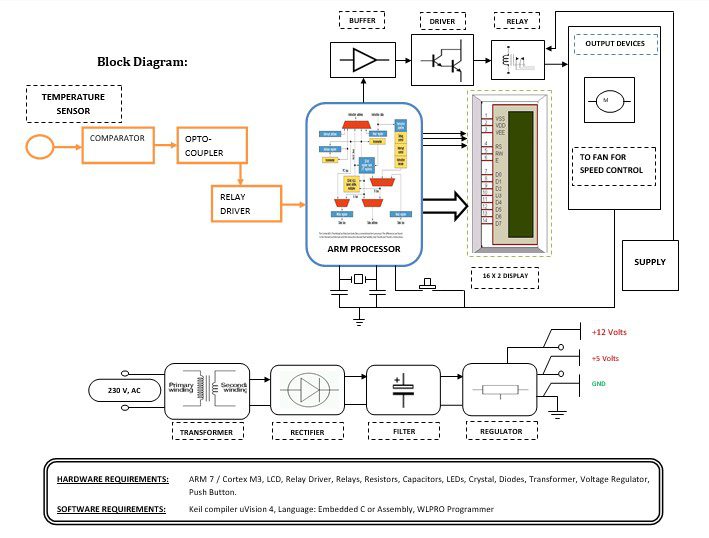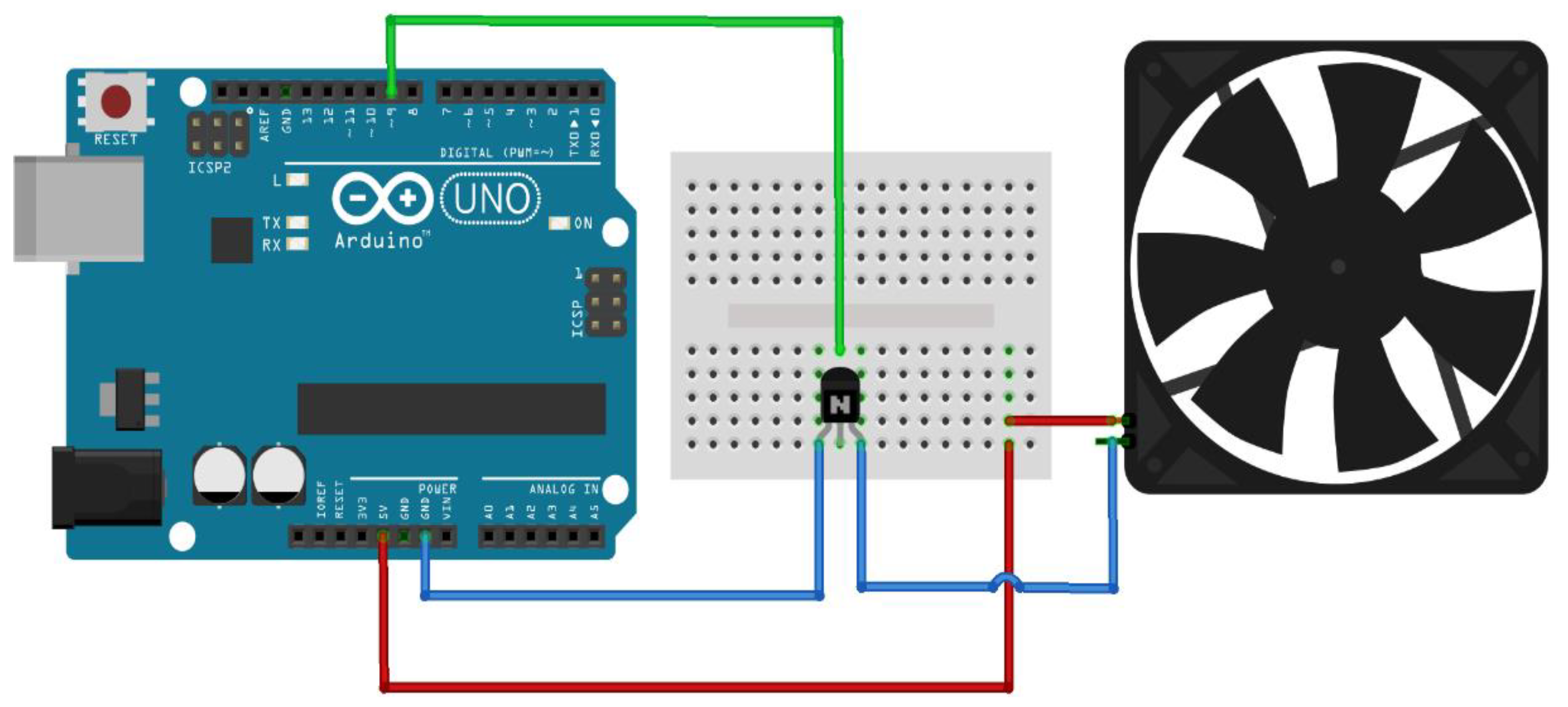simple DIY smart fan using raspberrypi Circuit Diagram automatic fan control system based on the Internet of Things (IoT). The system makes use of an ESP32 -based smart fan control circuit that uses Blynk to regulate the speed of a standard fan or other appliances. With the help of the theoretical or quantitative examination of the fan speed control algorithm's effects on the system's Automatic Speed Control and Turning ON/OFF for Smart Fan by Temperature and Ultrasonic Sensor. Keeratiburt Kanchanasatian. //youtu.be/XX5XnSqZCoM. RELATED WORKS To be able to design a smart fan, we had done research on related works which can be used in our work. MagicByCalvin from Instructables [1] had used 2 ultrasonic sensors and a servo

For the fan part, a 12V fan is perfect for this application as it is easy to control the speed with the PWM signal. The 16×2 LCD Display will display the instantaneous temperature and fan speed as well. To get started, you can refer to Arduino Temperature Fan Speed Controller project, which gives overall idea about the working.

Arduino Attiny85 Smart Fan Controller : 3 Steps Circuit Diagram
After that, you have to create Datastreams. Here I will control 4 relays, so I have to create 4 Datastreams. And for Fan Speed Control 1 Datastream. Steps to add Datastreams. Go to the Datastreams tab. Click on New Datastream and select Virtual Pin. Enter a name, select the virtual pin V1, and the datatype will be Integer. Then click on Create. Arduino Attiny85 Smart Fan Controller: I did. I have many tools that has a fan. And some tool's fan always runs at maximum speed. So I made it more quiet. Step 1: Design, BOM. Its design is simple. But I want to make it really small. So I can put in my tools. Auto_Fan_Controller_V3.1_2Pin.sch. Download. Auto_Fan_Controller_V3.1_2Pin.brd Overview: Temperature based Automatic IoT Fan. The main objective of this project is to build IoT based temperature control fan using NodeMCU ESP8266 & Blynk cloud for home automation. This device will be able to control your AC Home Appliances like AC, Fan, Heater, Cooler, or even light bulb, etc. Suppose you came from work, enter the room, and feel hot.

[4] Room Temperature based Fan Speed Control System using Pulse Width Modulation Technique This paper presents the design and simulation of the fan speed control system using PWM technique based

IoT Project Using ESP32 Blynk With Fan Speed Control and Sensor Circuit Diagram
manually method of Fan speed control [3]. breakthrough in digital control system and 1.1. Objectives The objectives of this project are to: 1) Design an electric Fan (Ceiling Fan) that will automatically change the speed level according to change in room / environment temperature. 2) Develop an automatic Fan system that can
